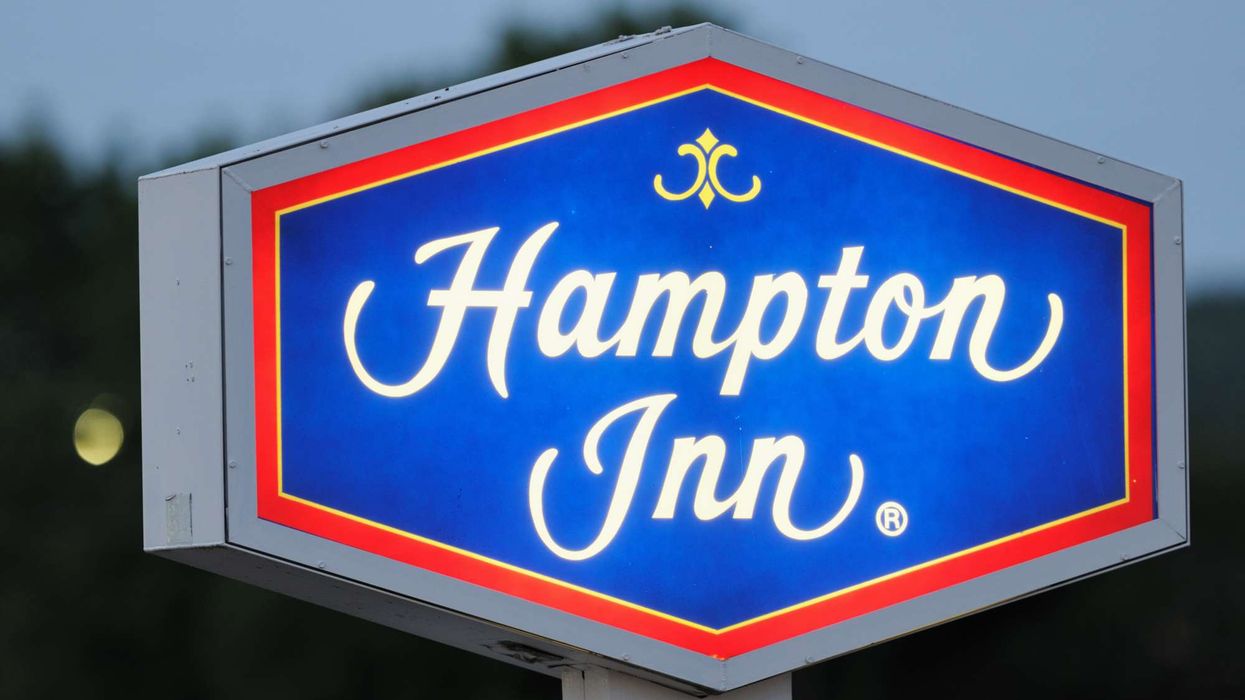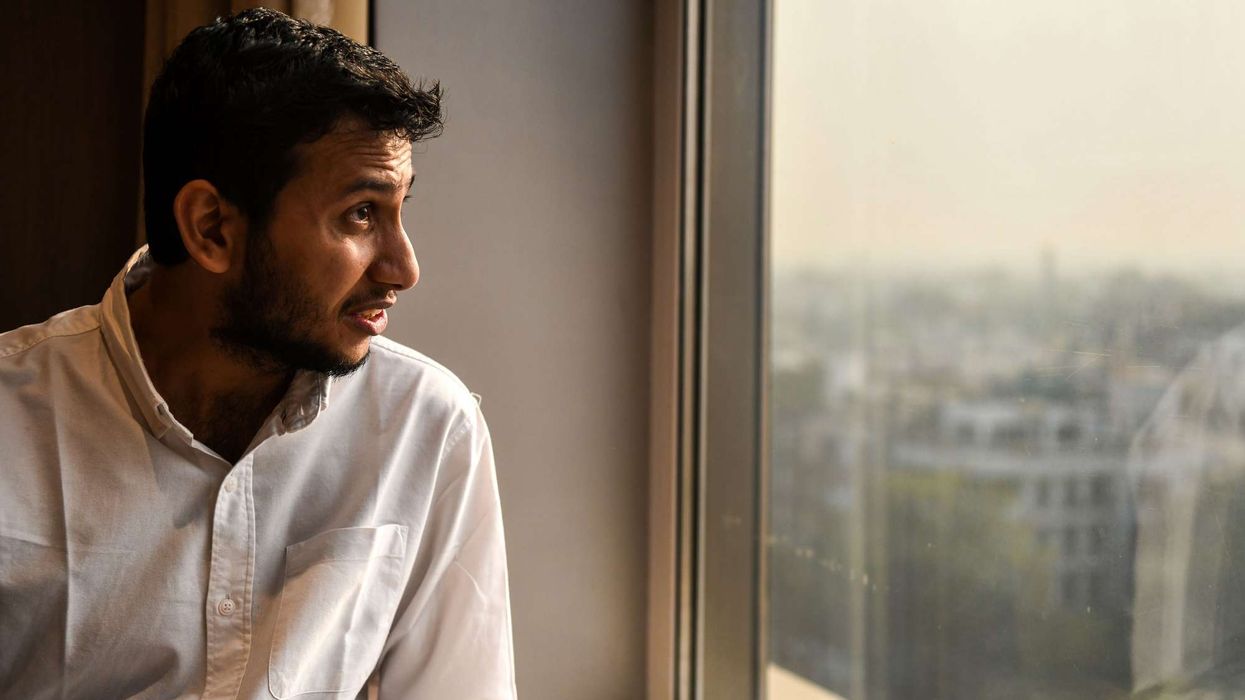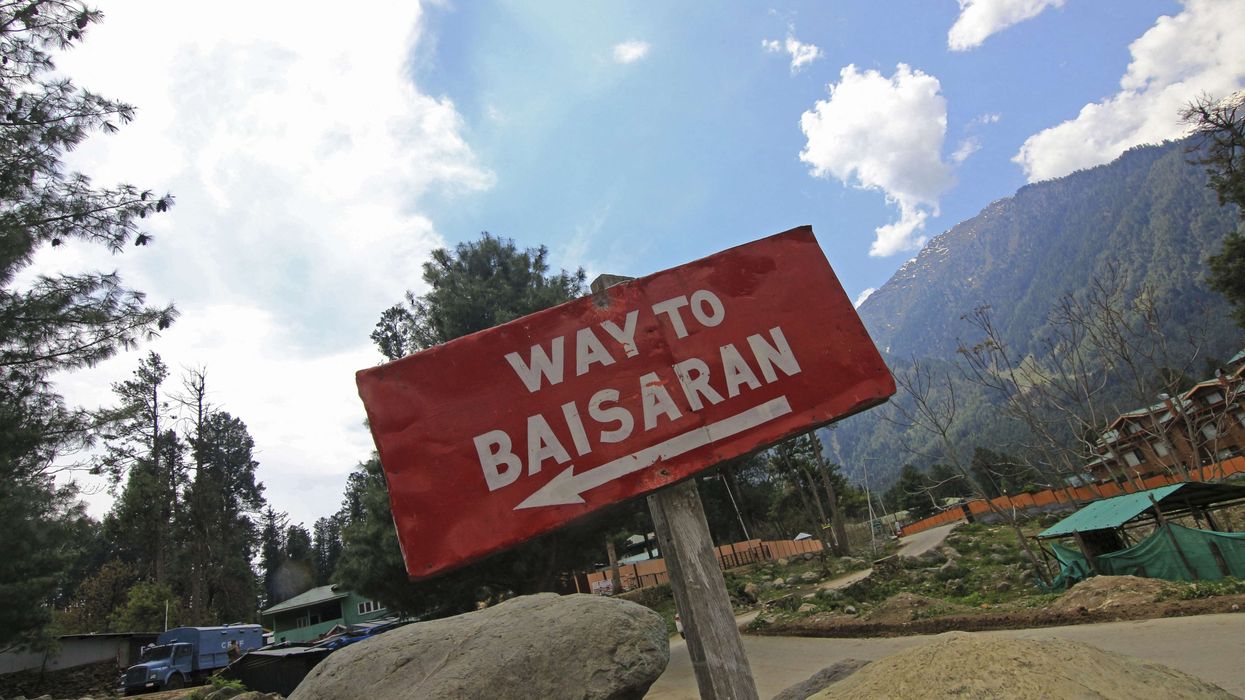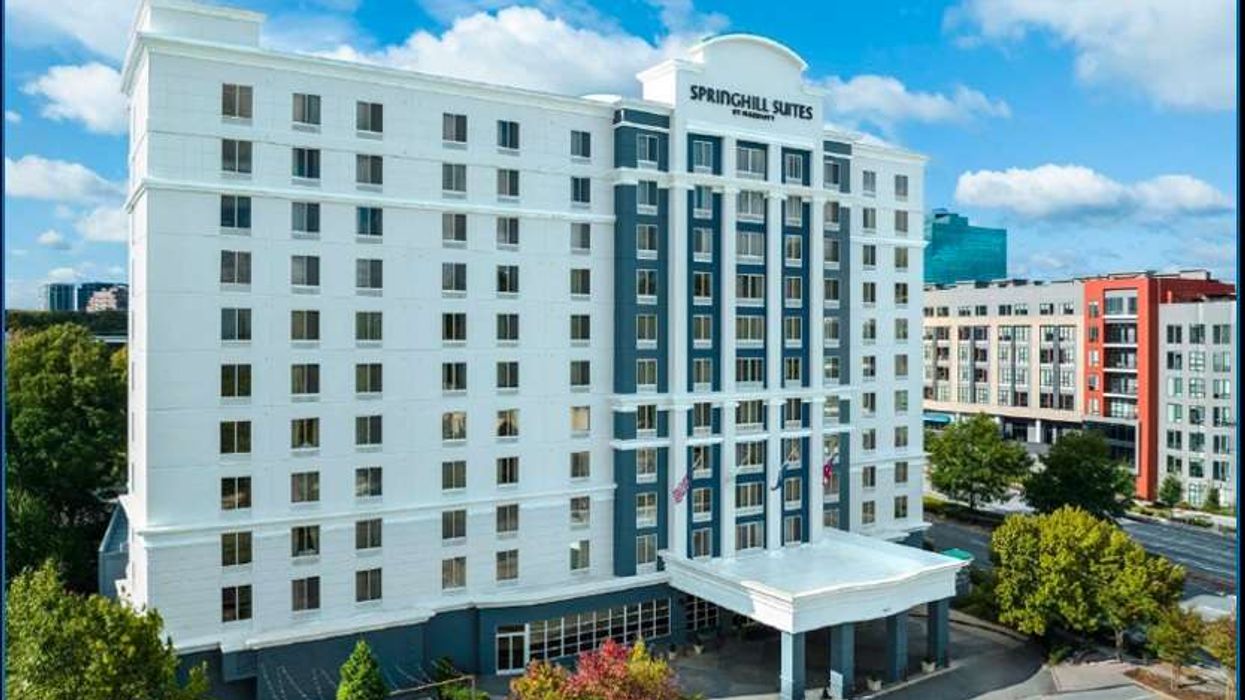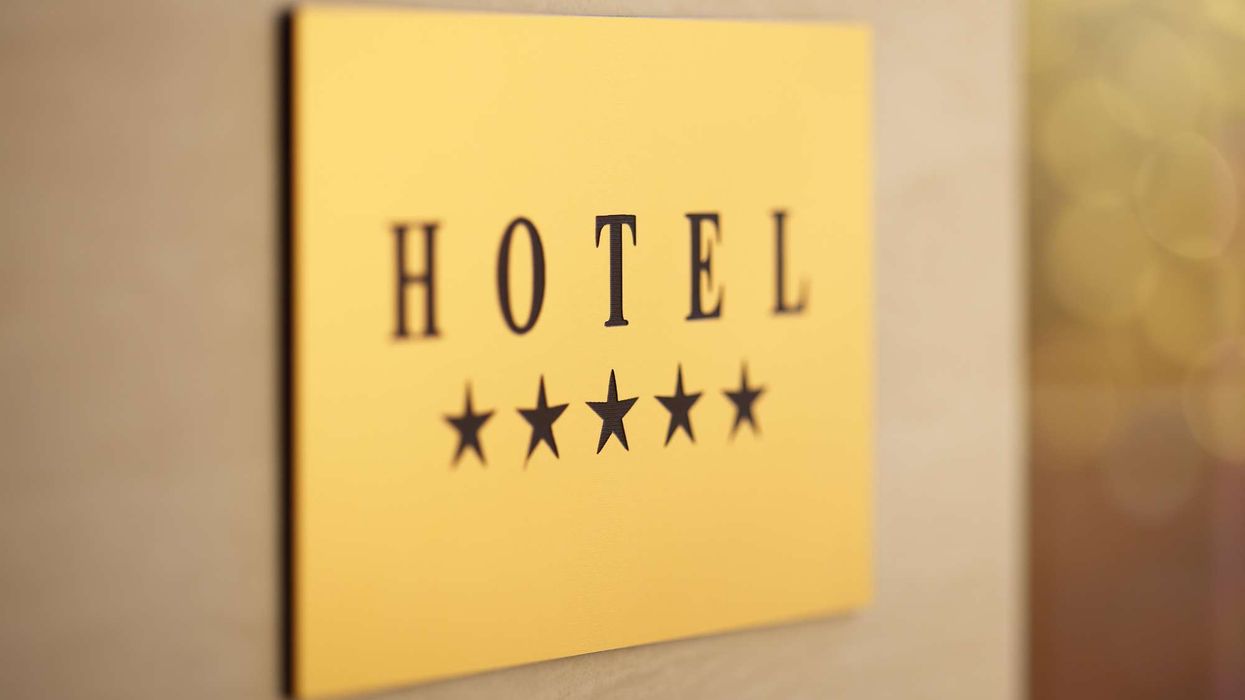THE DEVASTATING IMPACT of the COVID-19 pandemic on the U.S. hospitality industry continued into the third week of April and closed out the first quarter of the year. There are not signs yet of a recovery.
For the week of April 12 to 18, occupancy dropped 64.4 percent to 23.4 percent, ADR went down 42.2 percent to $74.53 and RevPAR fell 79.4 percent to $17.43. Similarly, the first quarter, which saw most of the effects of the pandemic during its second half, saw occupancy dip 15.9 percent to 51.8 percent, ADR dropped 4 percent to $123.76 and 19.3 percent to $64.14.
“Absolute occupancy and ADR were actually up slightly from the previous week, but it is important to state that this is not any type of early-recovery sign,” said Jan Freitag, STR’s senior vice president of lodging insights said about the April 12-18 numbers. “Rather, more demand can be attributed to frontline workers. A perfect example, the most notable occupancy level, 33.3 percent, came in the New York City market, which has welcomed an influx of workers from the medical community.”
Aggregate data for the top 25 markets showed steeper declines during the third week of April: occupancy went down 71.3 percent to 21.5 percent, ADR dropped 48.3 percent to $81.89 and RevPAR fell 85.2 percent to $17.63.
Oahu Island, Hawaii, experienced the largest drop in occupancy for the week, down 90.4 percent and the only single-digit absolute occupancy level 8 percent. That decline in occupancy resulted in the steepest decrease in RevPAR, down 94 percent to $11.39.
Miami/Hialeah, Florida, posted the largest decline in ADR for the week, dropping 56.8 percent to $101.51. New York’s occupancy was down 63.8 percent to 33.3 percent and in Seattle, occupancy dropped 71.6 percent to 20 percent.
The absolute occupancy level for the first quarter was the lowest for the industry since the time of the global financial crisis in 2009’s first quarter, STR said. The year-over-year decline in the metric was the worst for any quarter on record. Every week in March felt effects from the pandemic.
Among the top 25 markets, San Francisco/San Mateo, California, experienced the steepest drop in occupancy for the quarter, down 24.9 percent to 58.2 percent, which resulted in the largest decline in RevPAR, down 29.9 percent to $146.24.
Atlanta, posted the only double-digit decrease in ADR, dropping 13.7 percent to $108.99, due largely to comparison with its Super Bowl host year in 2019.

